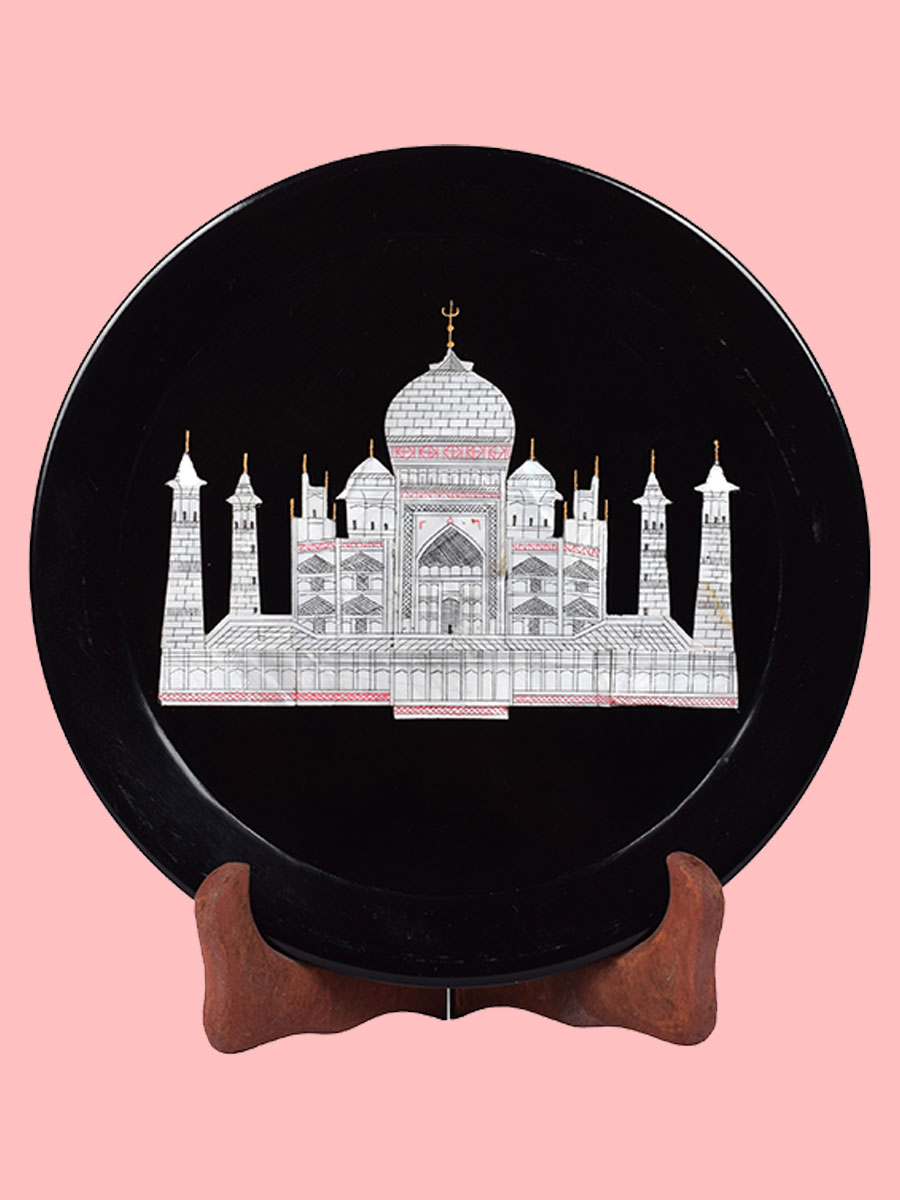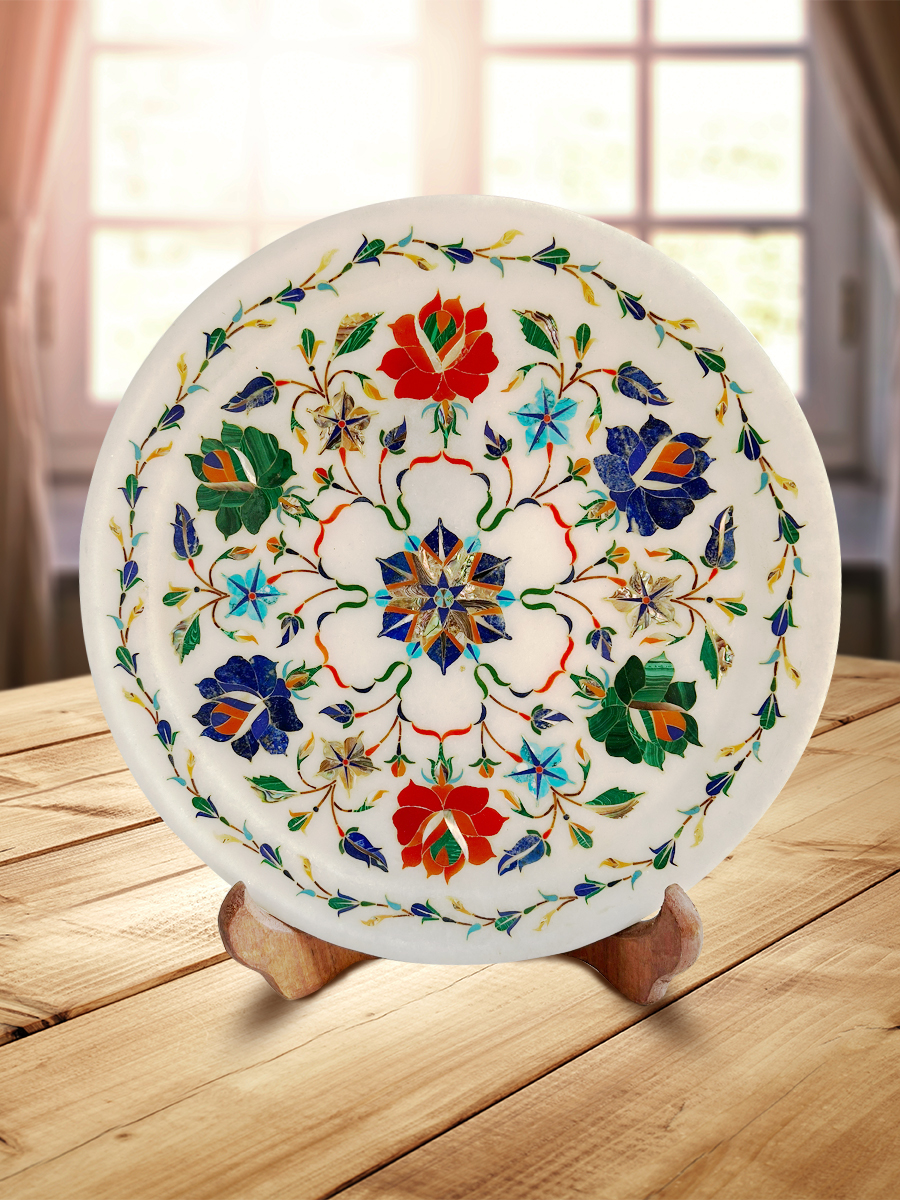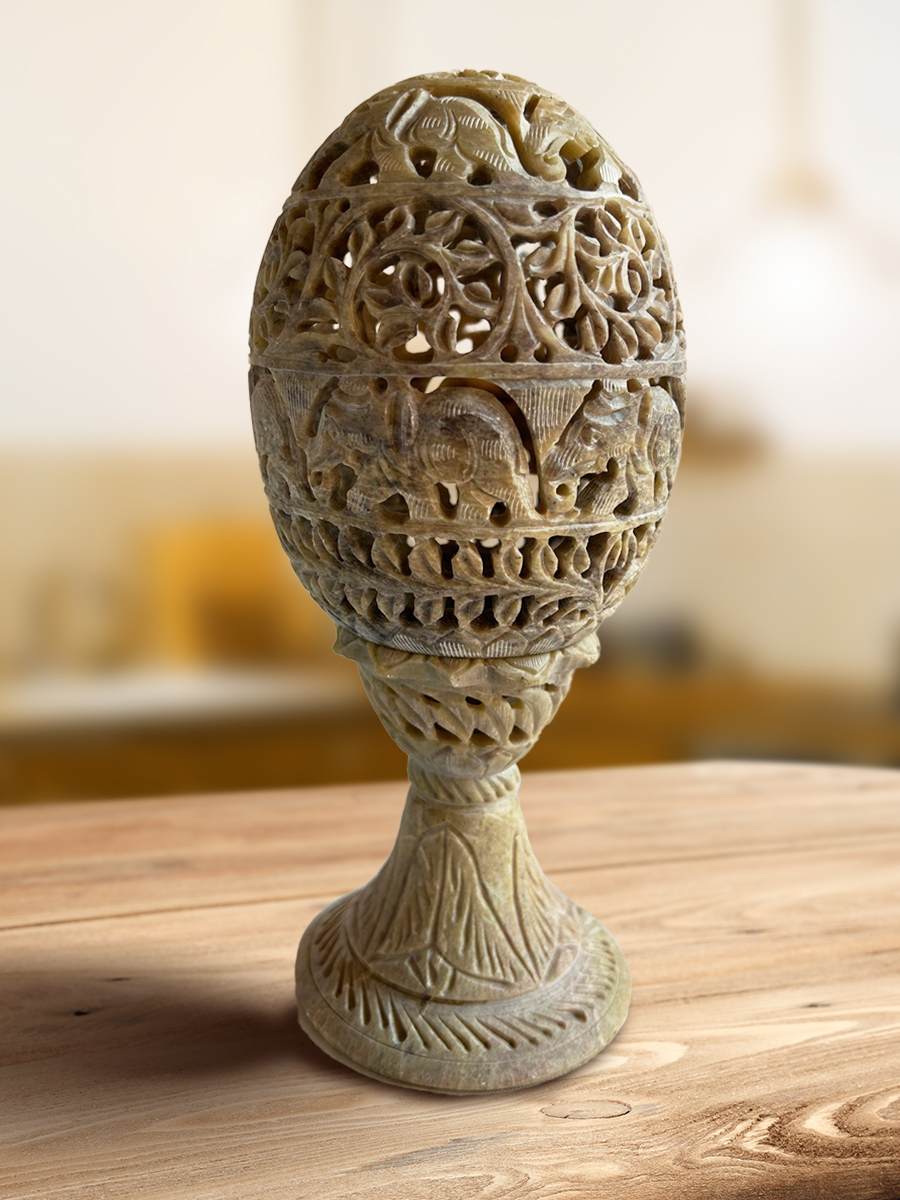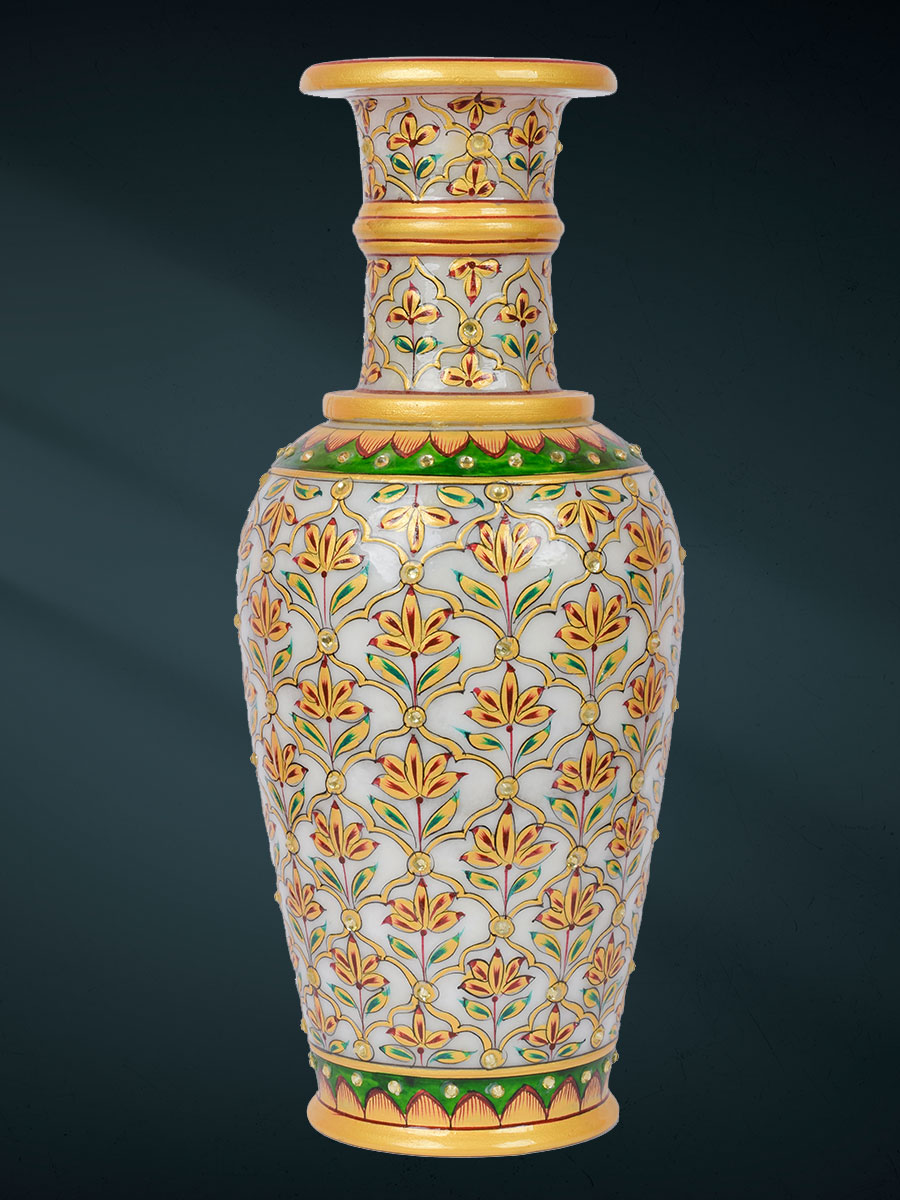The Spectacular Art of Marble & Stone Craft
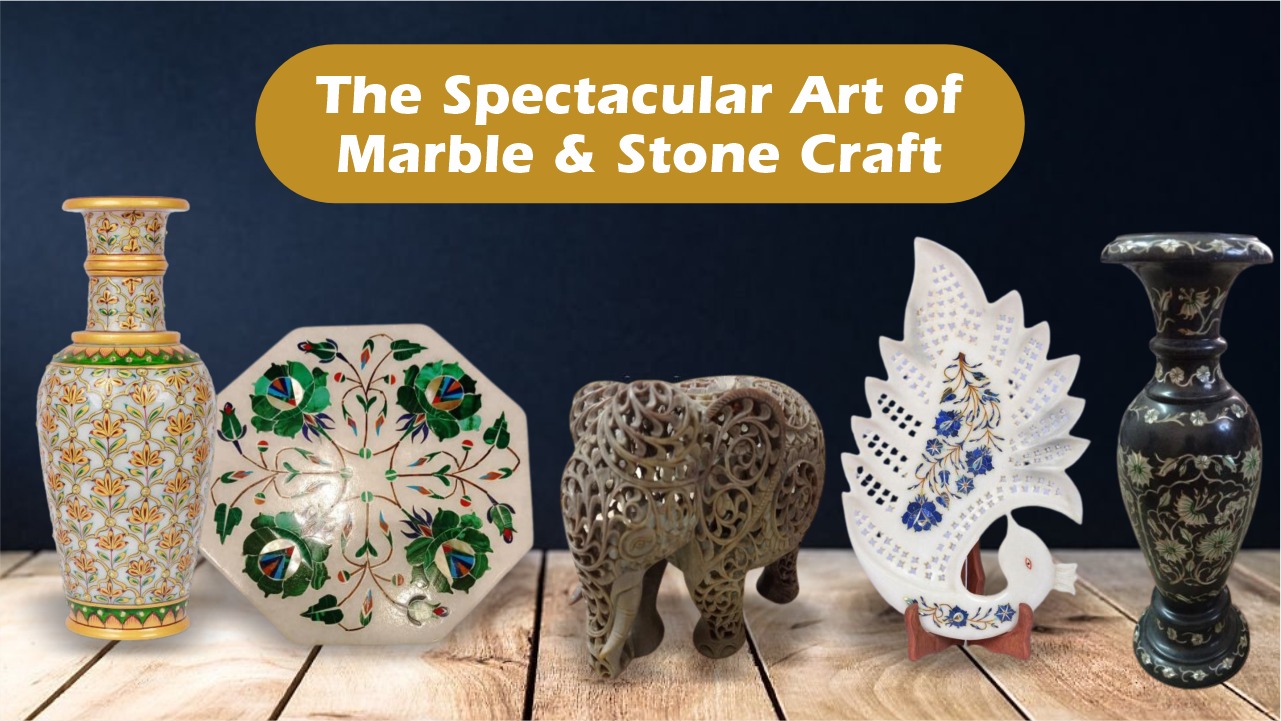
Marble carving has been a cherished art form throughout the ages, with its rich history and cultural significance making it a valuable investment for art collectors and enthusiasts. From the intricate works of ancient Greece and Rome to the masterpieces of the Renaissance era, sculptors have used marble to create some of the world's most iconic works of art.
Marble work in India has been a cornerstone of the country's rich heritage. Cherished for centuries, it has had a profound impact on the country's art and architecture. From grand palaces to intricately carved temples, marble has been the luxurious material of choice. Its delicate beauty and strength have made it a prized material for sculptures and monuments. The iconic Taj Mahal, which is listed amongst the 7 wonders of the modern world, is a structure made completely of marble.
Today, marble carving continues to hold great cultural value, with many skilled artisans and artists continuing to create breathtaking sculptures and showpieces with this timeless material. Marble's versatility and beauty makes it a popular choice as the construction material for many famous buildings and monuments worldwide, adding to its cultural importance.
A Spellbinding Variety In India
Marble is a natural stone that is available in a variety of types, each with its own unique characteristics. Makrana marble, found in Rajasthan, is famous for its purity, whiteness, and durability, and has been used in iconic Indian structures such as the Taj Mahal. Italian marble, which is known for its elegance, comes in a variety of colours and patterns. Ambaji marble has a fine, uniform grain and is often used for flooring, countertops, and sculptures. Udaipur green marble is known for its unique, dark green colour and is often used for decorative purposes. Indian red marble quarried in the Sirohi region of Rajasthan has a distinctive red colour with white and grey veining, and is often used for flooring and decorative purposes.
Handmade pure black marble decorative plate with inlay work
There are also marble substitutes. Alabaster is a fine-grained, translucent form of gypsum that is often white or light-coloured. It is soft and easy to carve, and has been used in sculpture and decorative objects for thousands of years. Soapstone, also known as steatite, is a soft, talc-based mineral that is often grey or greenish in colour. It has a smooth, soapy texture and is relatively easy to carve, making it a popular material for sculptors and carvers.
Variety of Craftsmanship in Marble Art
Marble art is a diverse art form that includes a variety of techniques, such as carving, inlay, onlay, and more.
Carving is the technique of removing material from a block of marble to create a three-dimensional sculpture. This technique requires the use of various chisels and hammers to create the desired shapes and details. The artist must be skilled in the use of these tools to create intricate designs and textures in the marble. The finished product is a sculpture that has been carved from a single block of marble. The product is then finished by polishing the chiselled surface by using files, rubbing stones or even sandpaper to smoothen the surface contours and provide the aesthetics.
Marble inlay and onlay work are similar decorative techniques that involve the use of small, intricately cut pieces of colored stones to create beautiful designs in a base of white marble. However, there are some differences between the two techniques.
Marble inlay work, also known as parchin kari, is a technique that involves cutting small pieces of colourful semi-precious stones into geometric shapes and fitting them together to create a pattern. The pieces are then glued onto the marble base and grouted to fill in the gaps between the pieces. The final product is then polished to reveal the beautiful contrast between the white marble and the coloured stones. This technique is commonly used to create intricate patterns on tabletops, vases, jewellery boxes, decorative plates and even statues.
Marble onlay work, also known as pietra dura, involves cutting and shaping the coloured stones to fit into carved recesses in the marble base. The stones are then glued into the recesses and finished with a high polish to reveal the intricate patterns and colours of the stones. Unlike marble inlay work, marble onlay work involves creating a more three-dimensional design, as the stones are set into the base rather than on top of it. This technique is commonly used to create decorative accents on walls, floors, decorative pieces as well as furniture. The intricate designs and patterns are often inspired by nature, such as floral motifs or depictions of animals. Marble onlay work is highly prized for its intricate beauty and durability.
Other marble work techniques include etching, polishing, and sandblasting. Each technique requires a high level of skill and precision, and the resulting works of art are breathtakingly beautiful that transform spaces into niches of beauty.
The use of semi-precious stones in marble inlay and onlay work is a long-standing tradition in Indian art and architecture. These stones are sourced from different parts of the world and were historically brought to India through trade and conquest. Some of the most commonly used stones included lapis lazuli from Afghanistan, turquoise and onyx from Persia (present day Iran), and coral from the Mediterranean. The other popular semi-precious stones that are commonly used include malachite, jasper, mother of pearl, carnelian and jade. The use of semi-precious stones in marble inlay and onlay work reached its peak during the Mughal period in India, when the emperors and their courtiers extensively patronised these art forms .
Handcarved ornate soap stone Oval tea light stand on Pedestal
A Heritage That You Should Patronise
Despite its rich history and cultural significance, marble art is not always given the recognition and support it deserves. The current generation of practitioners of the various forms of marble art face several challenges that have been exacerbated by the recent Covid-19 pandemic. A slowdown in the construction industry and a decline in tourism coupled with a slowing global economy have all contributed to reduce the demand for marble art leaving many artisans struggling to make a living. Marble art is a time, labour and resource-intensive art form that requires specialised tools, equipment, and materials. The availability of cheap (and ecologically-damaging) alternatives such as plaster and synthetic materials (from China mainly) has also struck hard at these expert native practitioners. Besides, owing to the intense focus needed due to working with precision tools and tiny pieces of stones, often the eyesight of the practitioners don’t permit them to continue practising the art beyond a certain age.
Hand carved and painted pure marble vase
It is here that the contribution of passionate patrons becomes important. When you purchase these pieces of fine art, you breathe life into the lives of these maestros, who keep the skills, traditions and techniques alive across the generations. Incorporating these art forms into your own spaces is a genuine gesture to appreciate the skill and craftsmanship of these artisans and make a significant contribution in preserving these art forms for posterity. It is also a way of infusing your surroundings with unique and timeless beauty. Whether you opt for intricate inlay or onlay work or a simple, elegant sculpture, each piece of marble art tells a story, embodies a rich cultural legacy and gives expression to a part of you that cares for the preservation of our endangered human heritage.


 USD
USD  GBP
GBP EUR
EUR AED
AED



